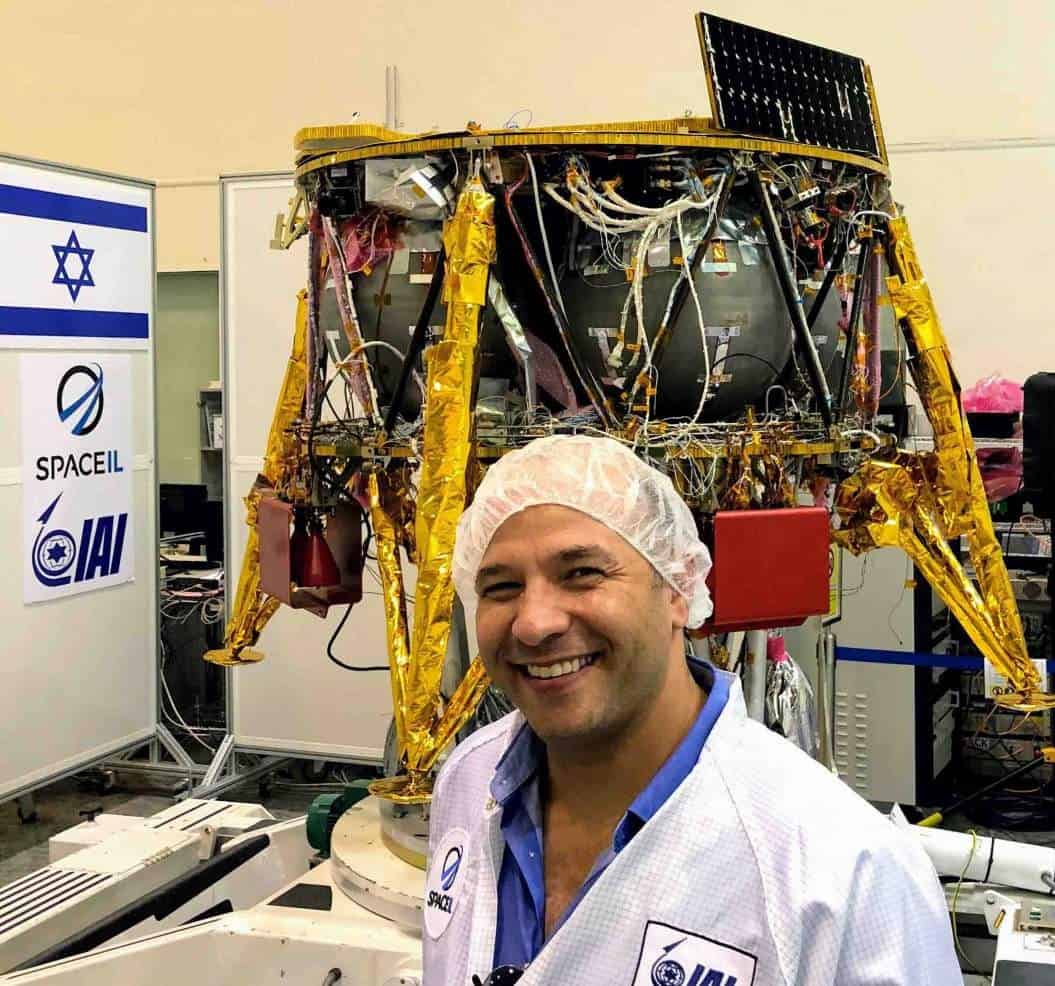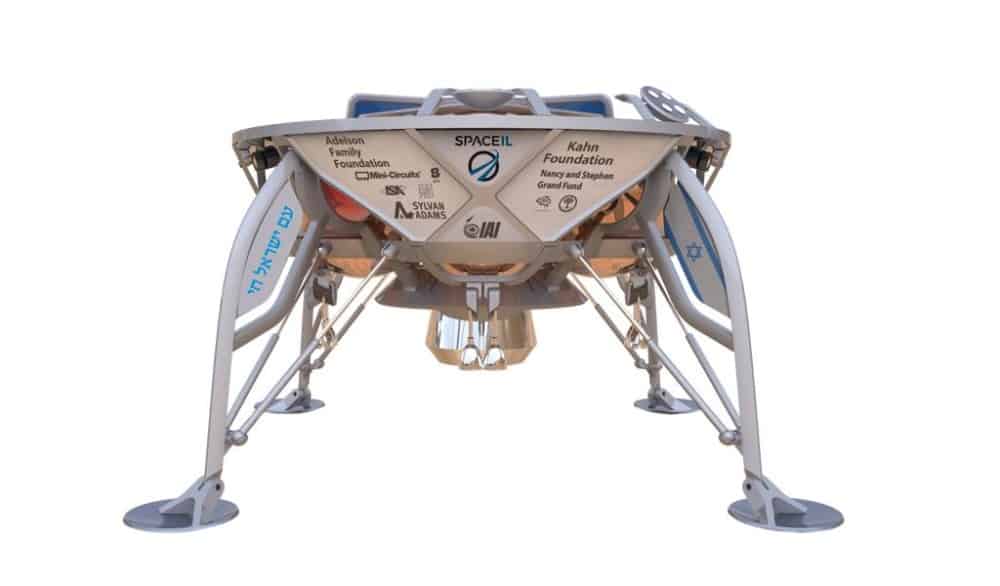Beresheet, the Hebrew name for the book of Genesis meaning “In the beginning”, was launched on 21 February atop a SpaceX Falcon 9 rocket from Cape Canaveral, Florida at 8-45pm local time.
The project was organised by SpaceIL, a non-profit founded to enter the Google Lunar X-Prize. The spacecraftwas funded by philanthropists including the American Sheldon Adelson and the Israeli telecommunications entrepreneur Morris Khan, as well as the Israeli Space Agency, but did not eventually enter the competition.

The lander has cost around $100m, and its mission includes landing on a lava plain called Mare Serenitatis in the Moon’s northern hemisphere, taking photographs and investigating magnetic anomalies known to exist in this region. As part of the X-prize stipulations, the lander has to be able to travel 500m, and it will do this by taking off some hours after its first landing and hopping to a new location. The magnetic artefacts of Mare Serenitatis are intriguing because the moon does not have a magnetic field, but some rocks and regions on its surface are known to have different levels of magnetism.
"If we can measure the magnetism of these rocks, we can begin to understand how and when this magnetism arose," explained Prof Oded Aharonson, head of the Beresheet science team and a member of the Earth and Planetary Sciences Department of the Weizmann Institute of Science.
If Beresheet lands successfully, it will make Israel the fourth country to have achieved a soft landing on the moon after the US, the former Soviet Union and China. India’s lunar lander, Chandrayaan-1, reached the moon in 2008, but was an impact probe which crashed into the surface. Beresheet’s landing is scheduled to take place in two months’ time.
The UK contribution to the Beresheet mission is a LEROS 2b rocket engine, developed and built at Nammo Westcott in Buckinghamshire. Originally designed for manoeuvring satellites into their final orbits and for deep space missions, the LEROS will power the lander during its transfer to the lunar surface, ensure a safe landing, and will also hop the lander to its second location.
Adaptations to the engine have included increasing its thrust and shortening its nozzle.
“When mission engineers presented the operational requirements for the lander, it was clear that it would not be a straightforward mission,” commented Robert Selby, general manager of Nammo Westcott. “Over the past few years we have made a series of adjustments and improvements to ensure that it will be able to work not only in space, as it was originally designed for, but also power a spacecraft during landing.”

One crucial function of the engine is that it must be capable of hot restarts during the landing and the hopping manoeuvre. “The hot restarts represented a particular challenge as it effectively puts the engine into its most stressful temperature environment. To test this we performed a series of hotfire trials together with SpaceIL, where we stopped and started the engine repeatedly, which confirmed that it is able to operate in this highly demanding firing mode,” said Robert Westcott, one of Nammo's lead propulsion engineers on the Beresheet project.
Nammo, the Norwegian parent company of Nammo Westcott, has also used additive layer manufacturing to produce a lightweight support structure and heat shield for the engine.
“LEROS engines have already powered missions to Mars, Mercury and Jupiter, but never to the Moon, and certainly never powered a landing. I think the Beresheet will show why the engine has remained such a popular design for nearly three decades, and why it remains one of the best of its kind even today,” said Robert Selby. A LEROS engine is a crucial component of NASA’s Juno probe, which is currently in orbit around Jupiter. Engineer readers may also be familiar with Nammo because it is supplying hybrid rockets for the Bloodhound SSC world land speed record attempt.




Poll: Should the UK’s railways be renationalised?
Correlation does not equal causation! That's a hugely simplified view of things and ignores things like increasing car ownership, increasing commuting...